The quaint countryside always contains anecdotes that seem plain but full of legends. You might as well come to the ancient villages of Yuhang to listen to the endless ancient stories and taste the poetic nostalgia like water and wine.
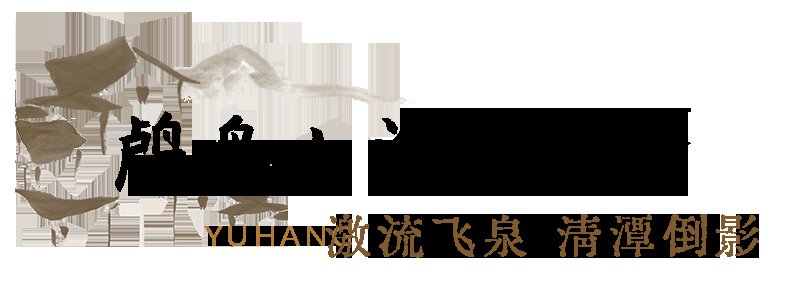
Walking into the ancient village of Maotang in Luniaoshangougou, there are several rows of old Huizhou houses with white walls and black tiles. Surrounded by mountains. The oldest of these houses can be traced back to the Qing Dynasty, and the most recent ones were built in the early 1950s and 1960s.
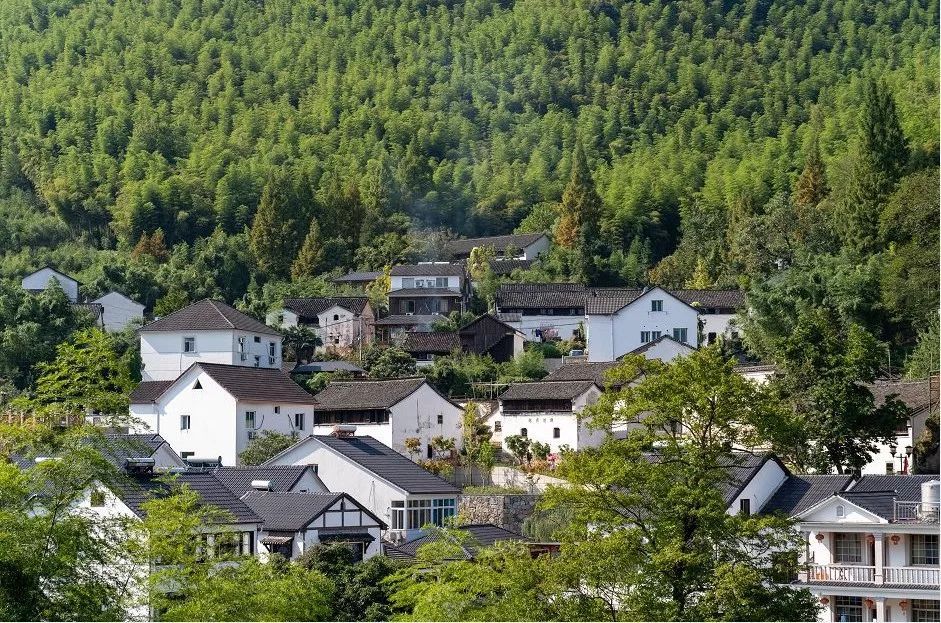
Maotang not only has old houses to see, but also “the first slope flow in northern Zhejiang”, hundreds of millions of years ago. Natural landscapes such as the granite flow “Qianyangshi” left by the crustal movement can be admired.
In addition to the beautiful scenery, the intangible cultural heritage also shines in Maotang. There are not only the well-preserved old site of the New Fourth Army’s quilt factory and the old site of the ancient private school, but also the demonstration and experience of rural life such as making rice cakes, making local wine, grinding tofu, weaving straw shoes, and weaving bamboo baskets.
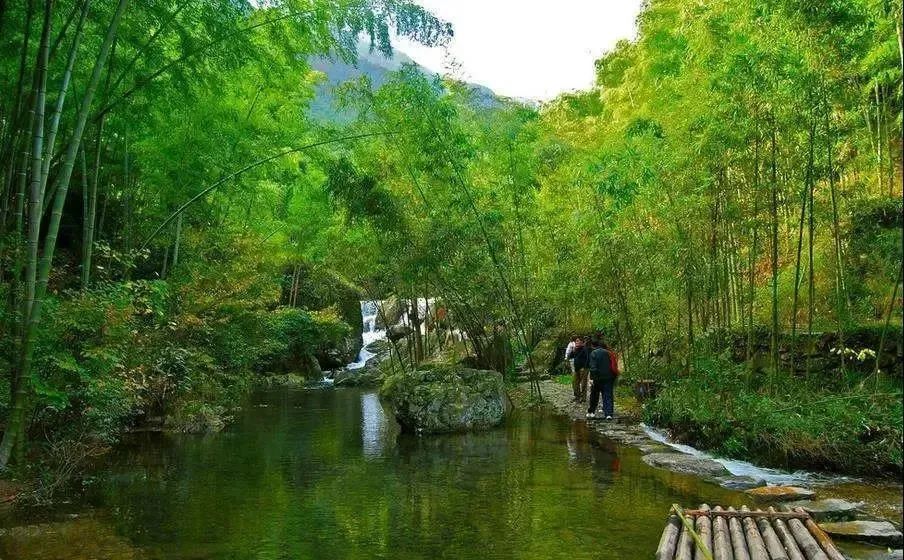
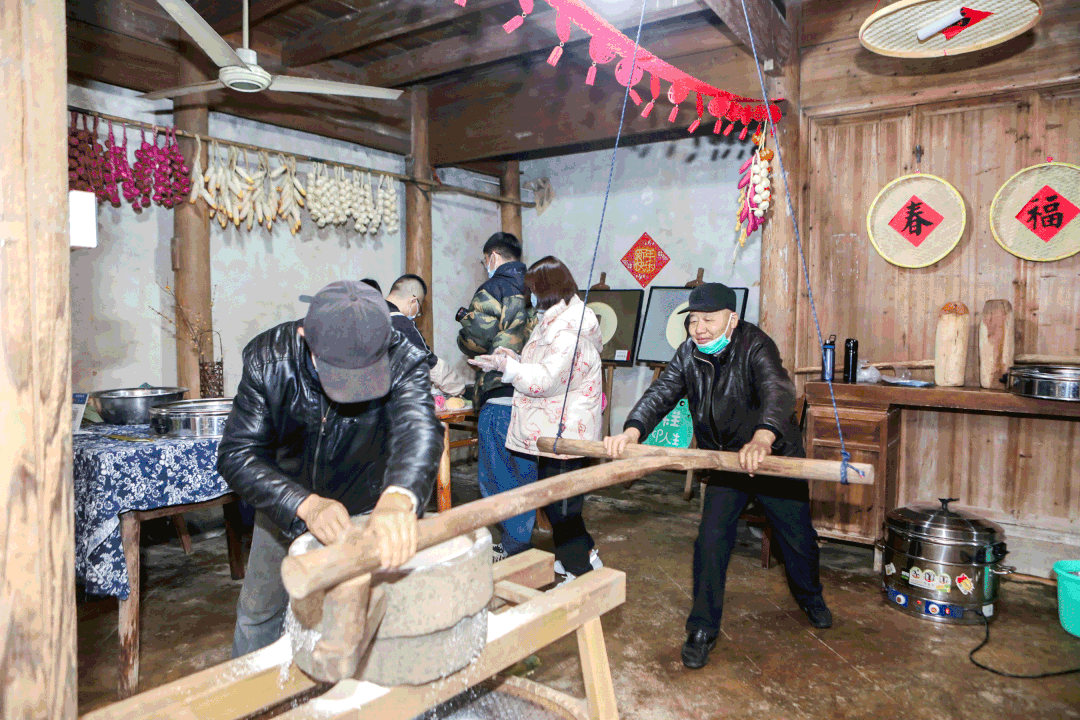
 Tangbu Village is located at the northwest end of Pingyao Town, surrounded by mountains on three sides, with peaks and peaks, towering ancient trees, lush bamboos and trees, unique geographical location, superior ecological environment, unique resources, convenient transportation and pleasant climate .
Tangbu Village is located at the northwest end of Pingyao Town, surrounded by mountains on three sides, with peaks and peaks, towering ancient trees, lush bamboos and trees, unique geographical location, superior ecological environment, unique resources, convenient transportation and pleasant climate .
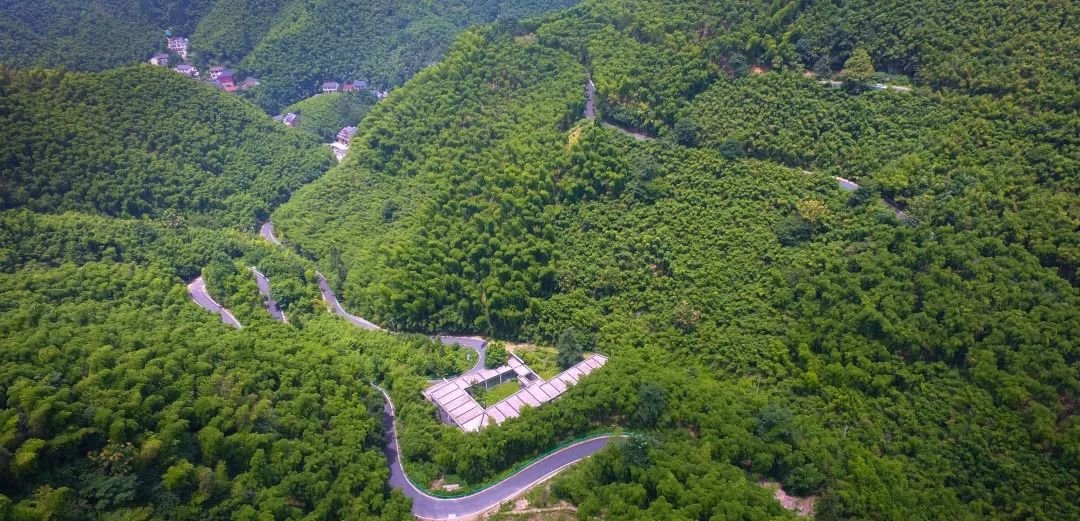
Ancient temples, ancient trees, ancient roads and ancient villages can feel the atmosphere of ancient charm everywhere. Starting from Shimen, go up the mountain and enter the Tanshi Temple with a thousand-year history under the guidance of the towering trees. The magnificent Daxiong Hall makes people feel a kind of peace of mind, and it seems that if you close your eyes, you can still feel its former glory.
Tangbu Village consists of four small villages, Shimen, Xiwu, Changling and Tangbu. Bamboo and bamboo shoots are the most distinctive features of Tangbu Village and the greatest treasure of Tangbu Village.
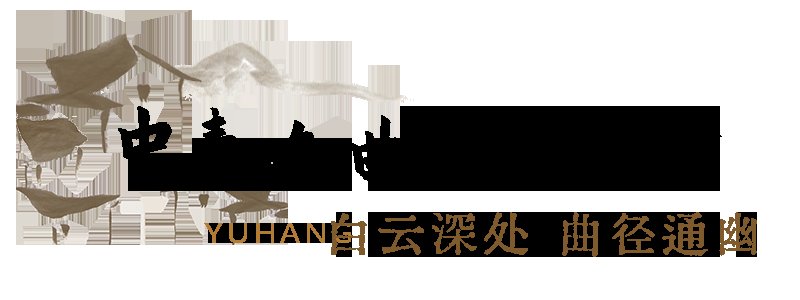
On the Jiuqu Ridge of Nanfeng Village, Zhongtai Street, there is a The disappearing village. Almost all the villagers have been relocated a few years ago, and now it is a dilapidated and deserted “shell village”.
“Empty Shell Village” is located on the top of a mountain. Behind the village is a large tea garden. There used to be hundreds of families and five or six hundred people on Jiuqu Mountain. Due to the inconvenience of living on the mountain, villagers have been leaving since the 1980s.
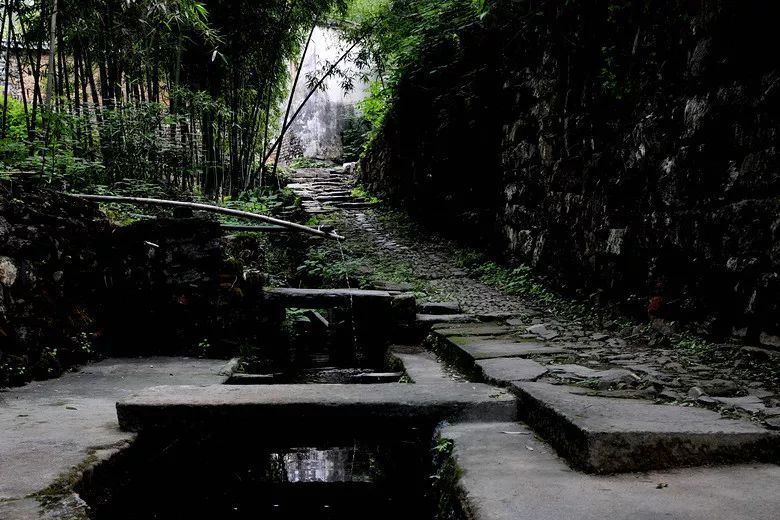
The shell village has a rich history. In ancient times, because it was close to Dongxiao Palace, one of the thirty-six small caves of Taoism, the empty shell village was the only way for pilgrims and literati poets to go to Jiufeng before going to Dongxiao Palace to make incense. It was also the location of the summer palace of Song Gaozong Zhao Gou. Prosperous.
Nowadays, the broken walls and ruins between the grass and trees in the empty shell village are also a rare and strange scenery. There are two old ginkgo trees over 260 years old at the entrance of the village, which have witnessed the rise and fall of the village. Stone houses, thatched huts, green grass and wildflowers, and ancient steps all have a different charm.

Dongxiao Palace Site
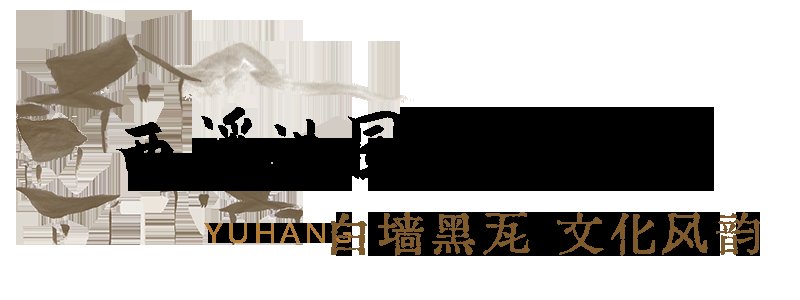 < /p>
< /p>
A corner of Xixi Hongyuan is called “Visit the Ancients from Jingyuan”. “Jingyuan” is the name of the local township, and “visiting the ancients” is the pursuit of the original ecological Xixi. 30 ancient buildings in the south of the Yangtze River and some original historical buildings in Wuchang show the living conditions of the aborigines in Wuchang and inherit their original historical culture.
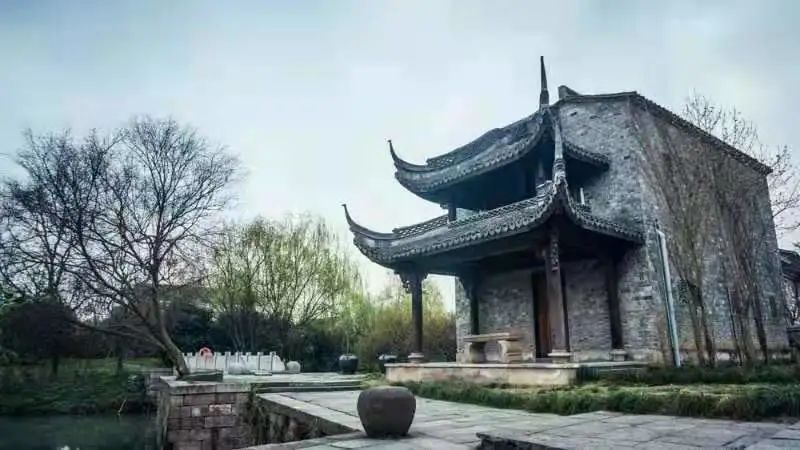
There are hundreds of ancient buildings in Ming and Qing Dynasties in Jingyuan Visiting Ancient, all of which were built from Zhejiang, Anhui and Jiangxi. . It exudes a strong local cultural atmosphere and original cultural features everywhere, and is full of the charm of original ecological culture.
Not far from the Wujiawan parking lot, a Hui-style building with white walls, black tiles, left-right symmetry and a towering horse head wall is the Baobei Bookstore, known as the most beautiful bookstore in Hangzhou. The predecessor was a Buddhist scriptures pavilion. The mottled horse head wall, ancient wooden doors and small green tiles with unique charm show a unique aura under the sunny sky.

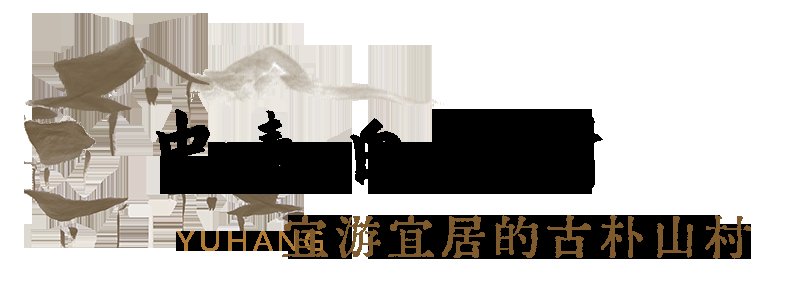
Zhongtai Township Baiyun Village On one of the mountains, there is Tianjingwan Natural Village, surrounded by green hills, with a flat land in the middle, like a big well, so it is named “Tianjingwan”.
Tianjingwan Village is an ancient residential village dominated by the Lou clan. According to Lou’s genealogy records, the Tianjingwan village has a history of hundreds of years, and the reproduction of the descendants has reached twenty-six generations. Nowadays, more and more villagers in the village have moved to the mountains to live, and the old houses and houses are left in the village, which has become a cultural heritage of vernacular architecture.

Besides Tianjing Bay, Baiyun Village also has Xiwuli Ancient Village. A small road leads directly to Tianjing Bay, and another small cross road leads directly to Dongwu Village. There are wooden structures left over from ancient times and a thousand-year-old cypress tree.
The village is located in a mountain depression with a stream running through it. The villagers live along the stream and are distributed in strips. There are ancient houses in the village. Although these quaint houses have experienced the vicissitudes of life, they exude a different temperament.
